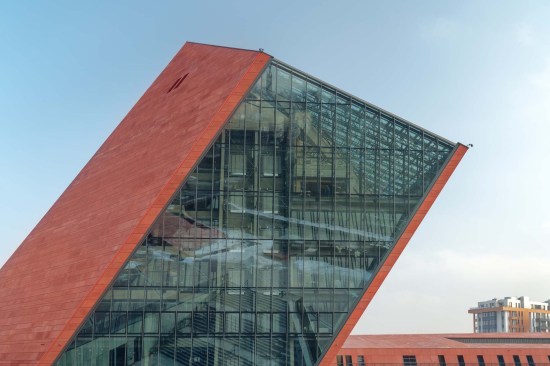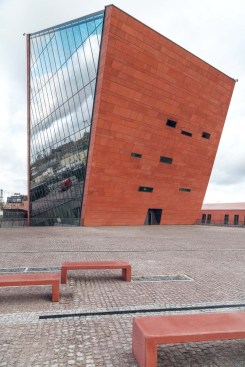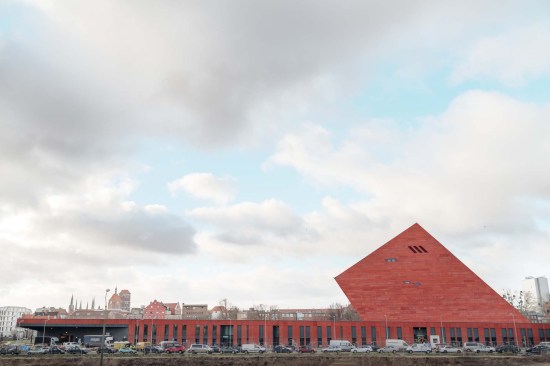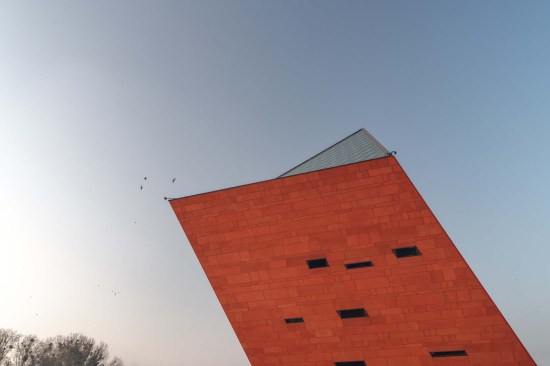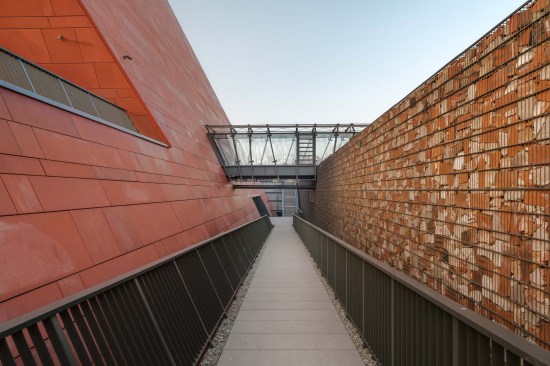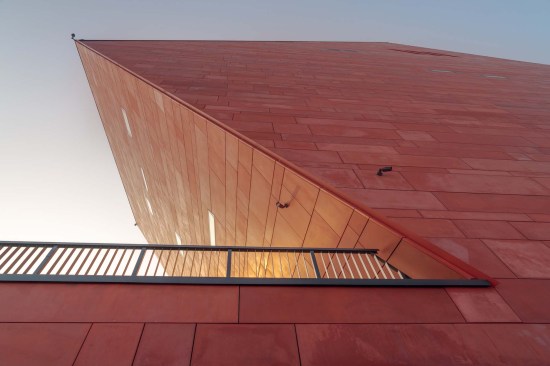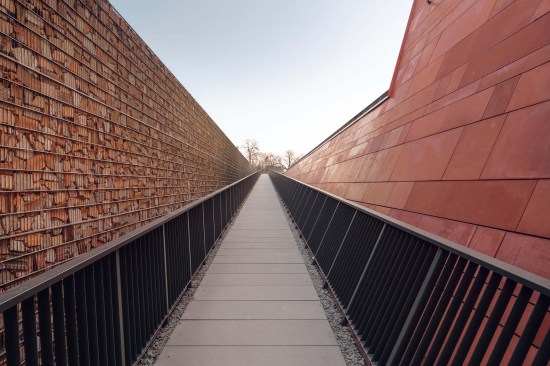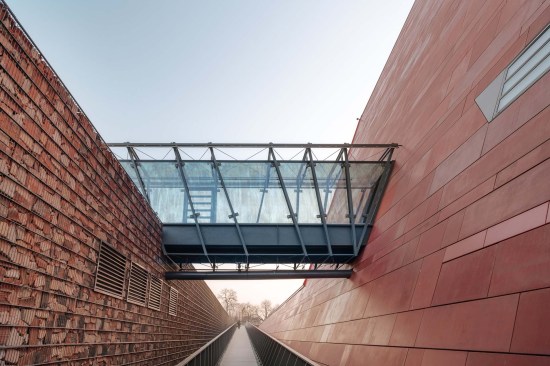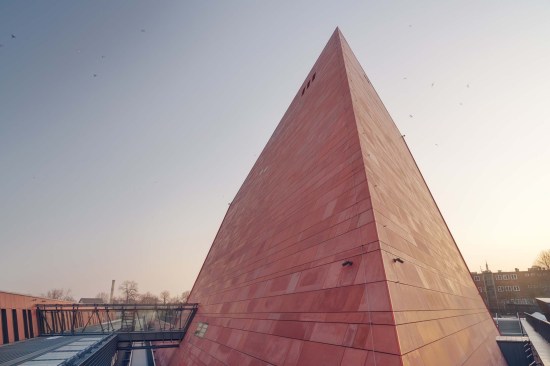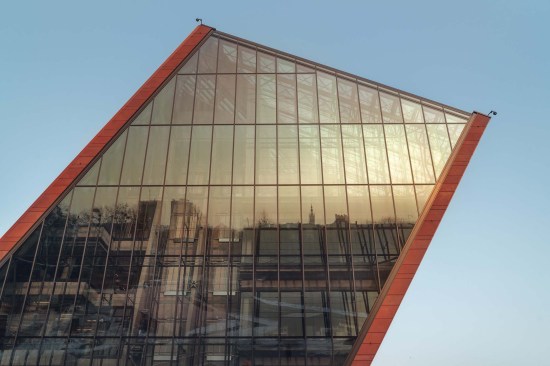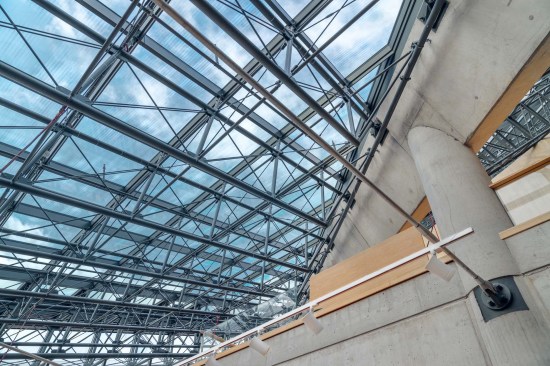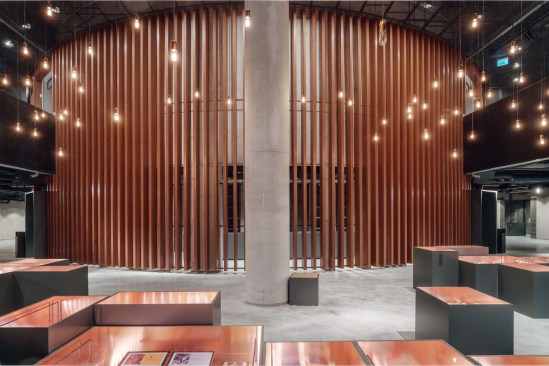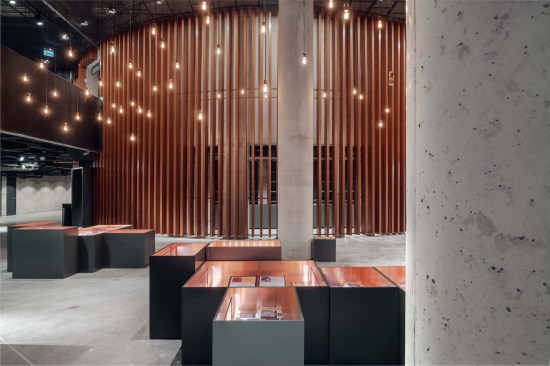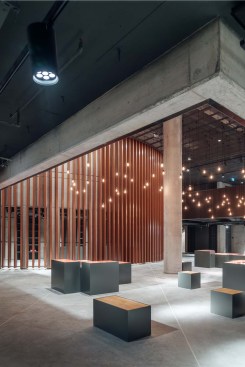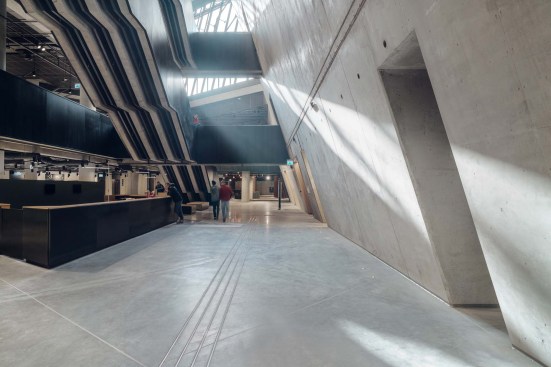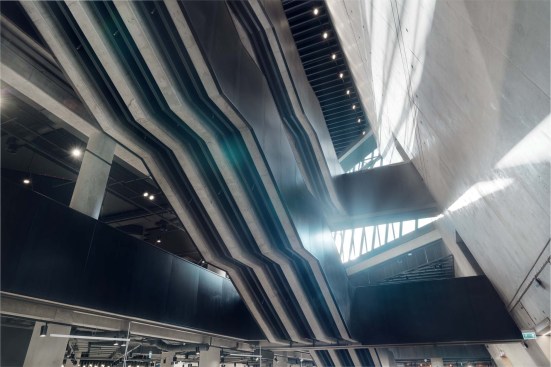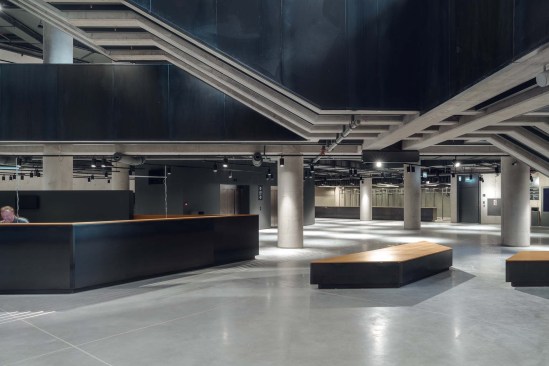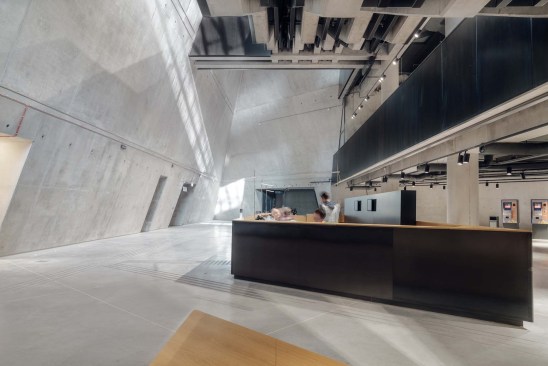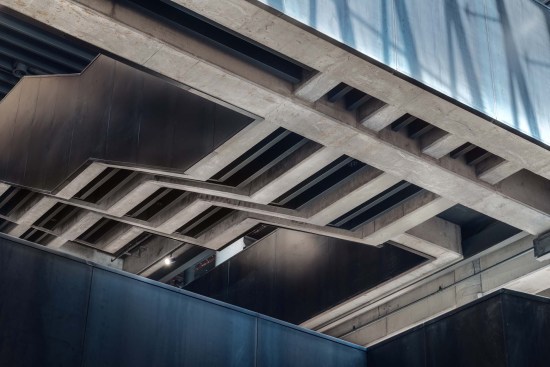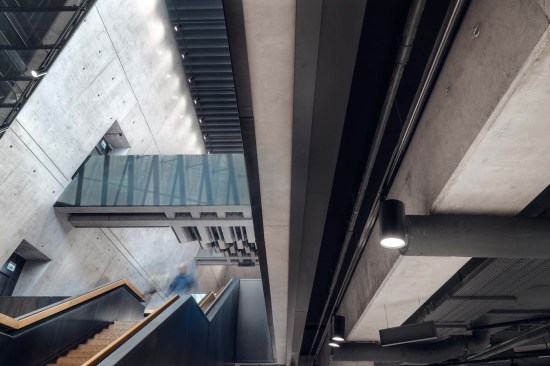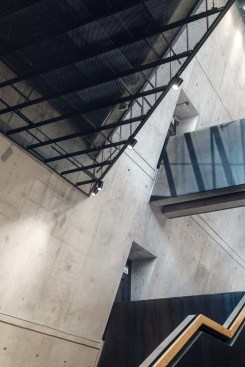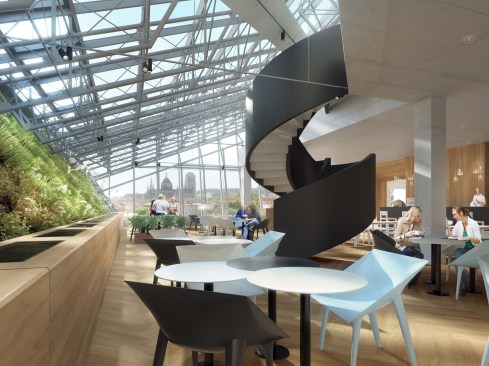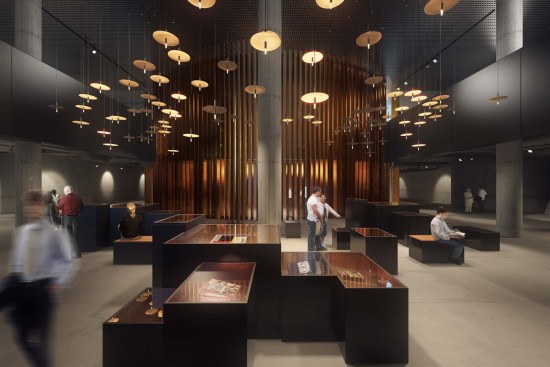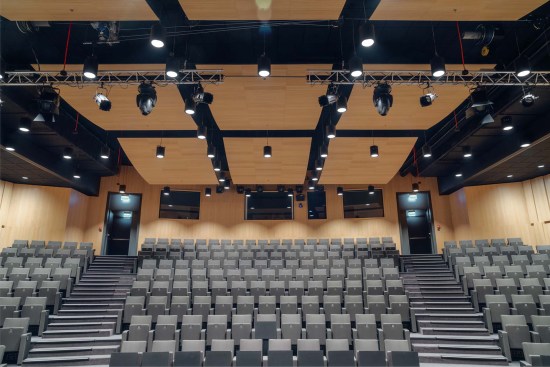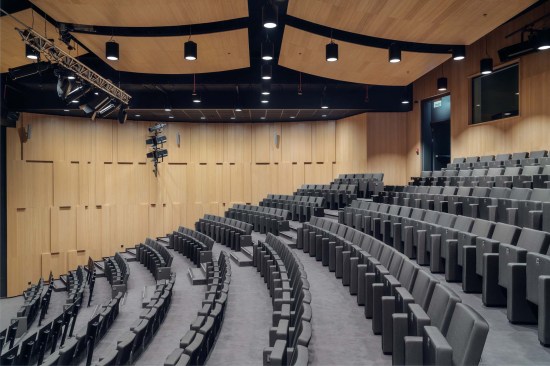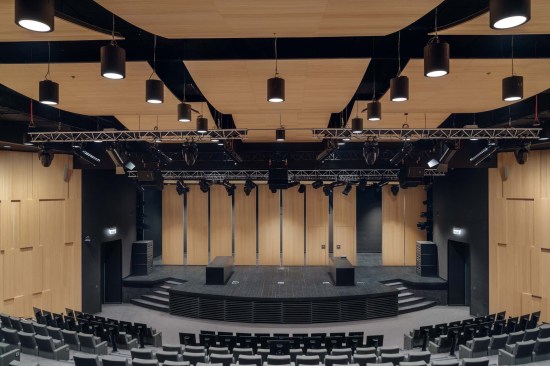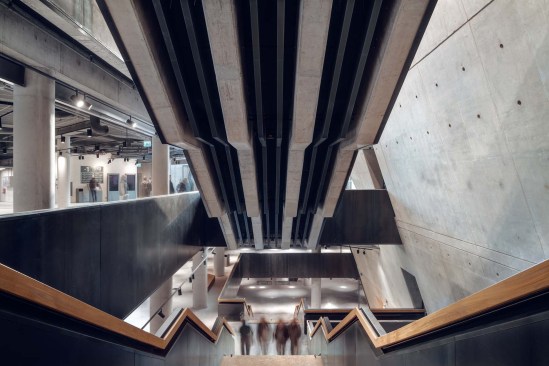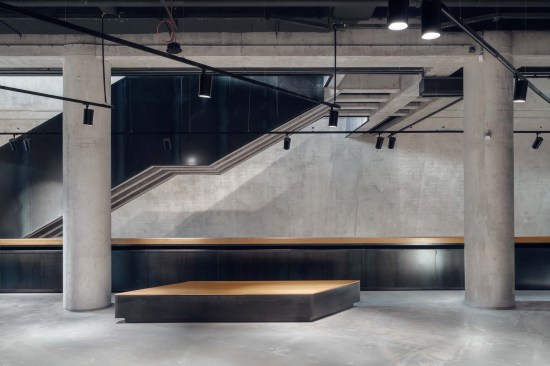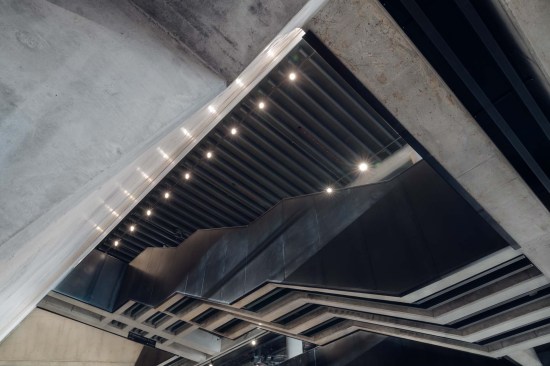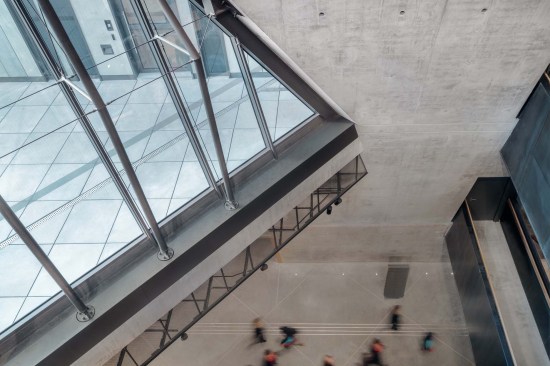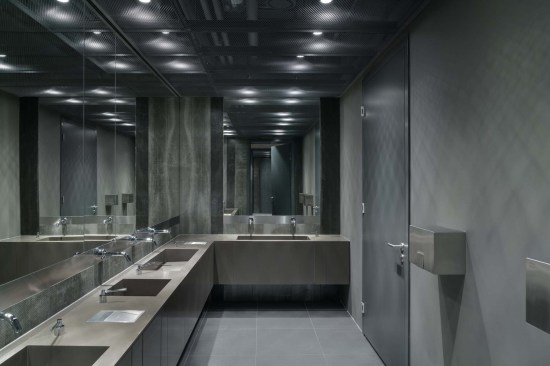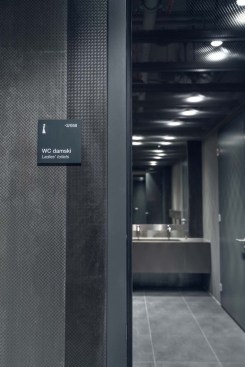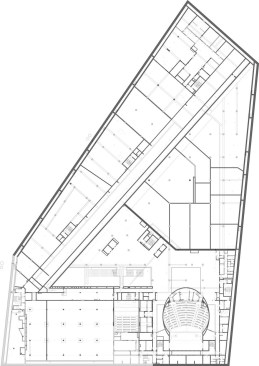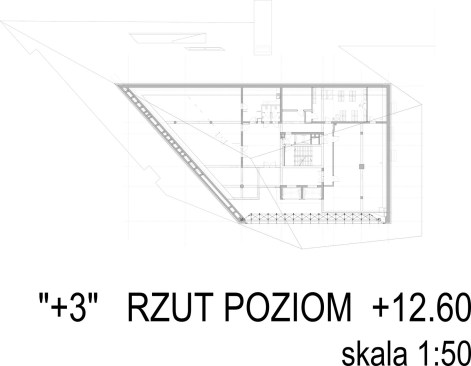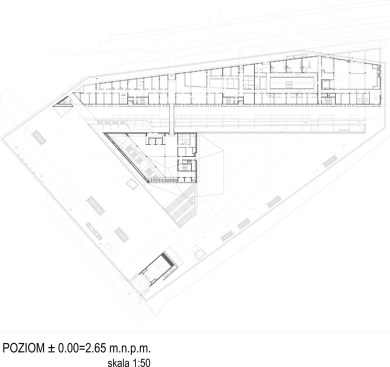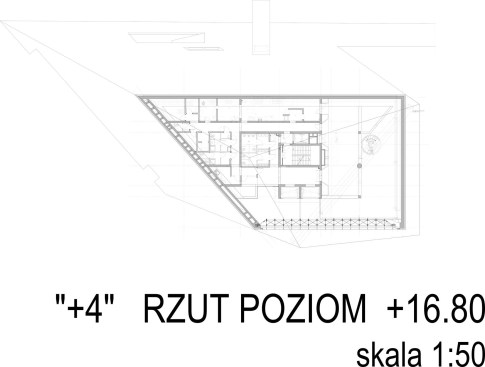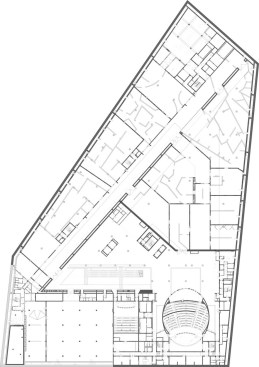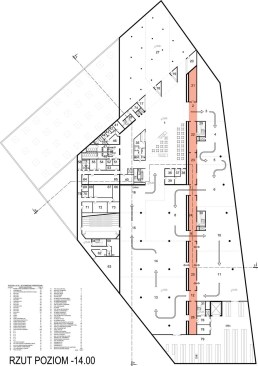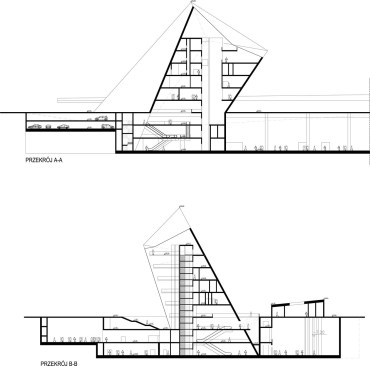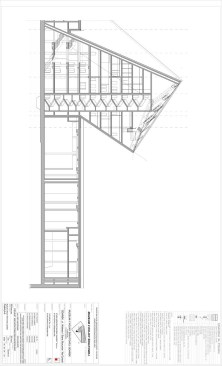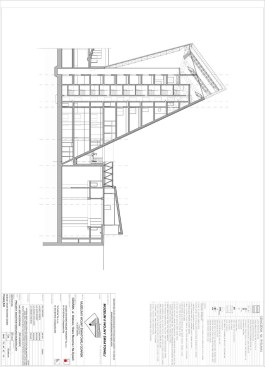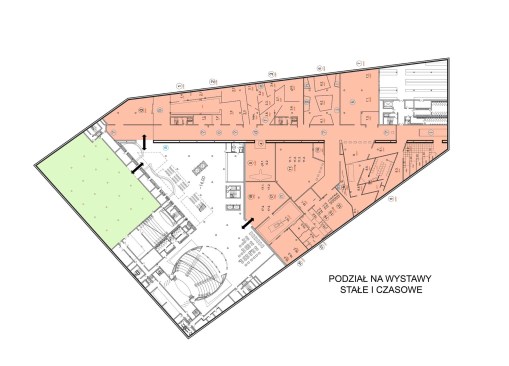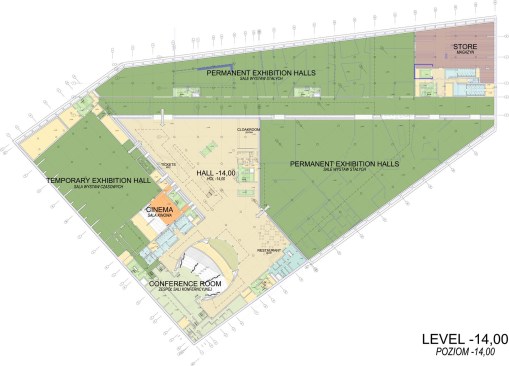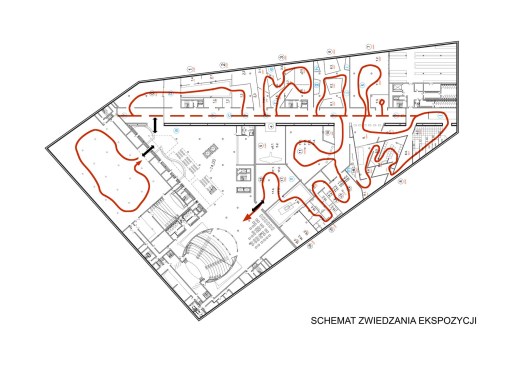Project Description
FROM THE ARCHITECTS:
Design of the building of the Museum of the Second World War in Gdańsk was chosen in the international architectural competition. The jury announced the results of the competition on 1 September 2010.
The call for proposals covered the design of the building and of the site as a whole.
The building has about 23,000 square metres of floor area, of which the space reserved for the permanent exhibition covers around 5,000 square metres. This exhibition uses the most modern methods to present the Second World War from the perspective of big-power politics but, primarily, through the fates of ordinary people. It is not limited to the experiences of Poles, but recount those of other nations. Apart from the main exhibition space, 1,000 square metres are devoted to temporary shows. The museum’s mission is also to serve as a centre of education, culture and research. A paving stone found during the archaeological excavation, which had once been in the pavement of a street in the Wiadrownia district, was used as the foundation stone. It and the signed document were placed in the building’s stone base course. The rising, dynamic form symbolizes the museum below, while giving a panoramic and spectacular orientation to the historic city and its future. Echoing the iconic skyline of Gdańsk, with its shipyard cranes and church towers, the building ties together traditional urban spaces, scales, materials, and colours of the city with a 21st-century museum."
The project's form is called a silent design, intended to evoke powerful emotions and deep reflection. The museum’s spatial division into three areas symbolizes the relationships between the wartime past, the present and the future: the past is hidden on the building’s underground levels, the present appears in the open space around the building and the future is expressed by its rising protrusion, which includes a viewing platform.
